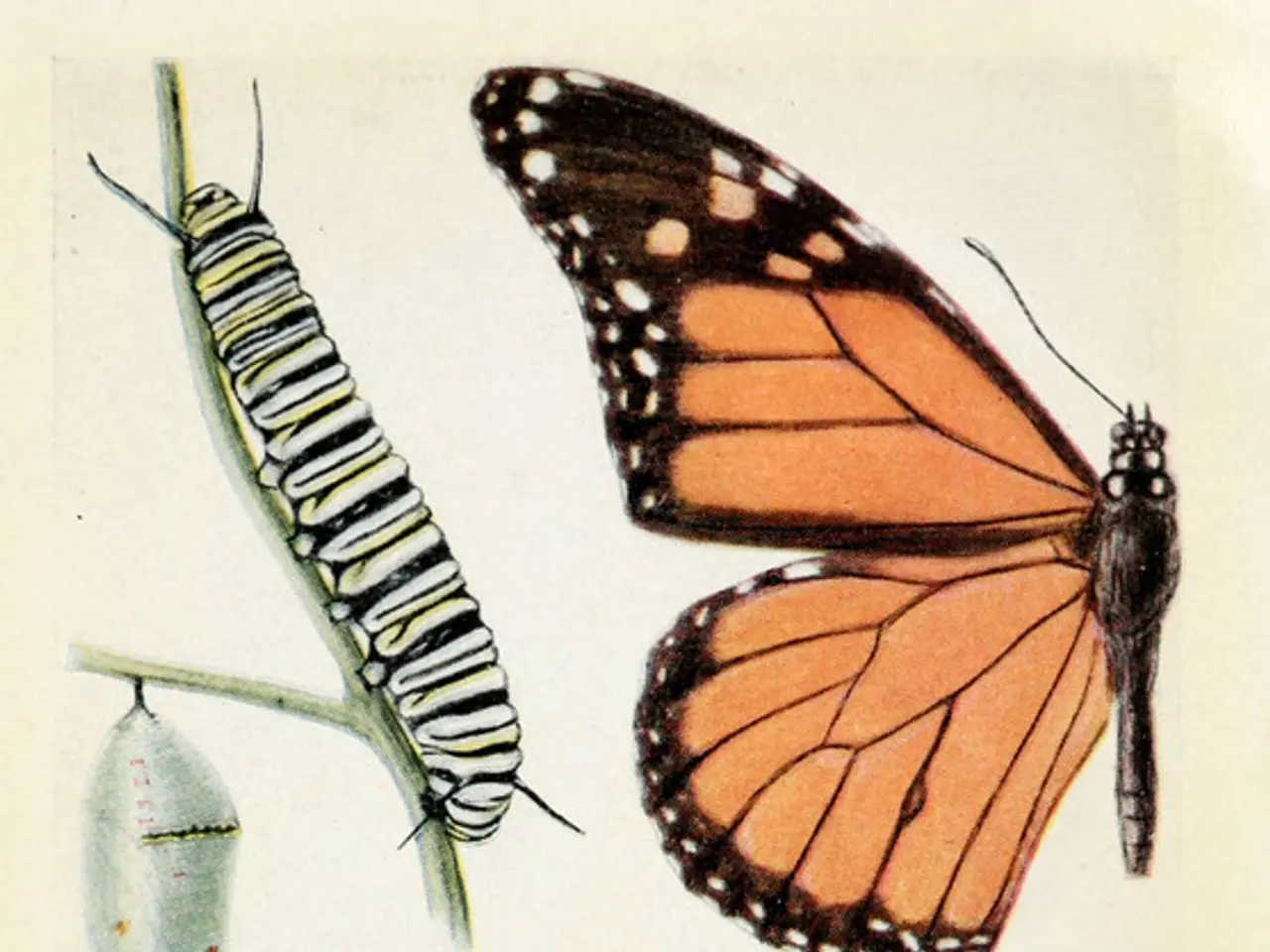A millennia-old 'Zombie' Fungus found in amber suggests that mind control may have originated during the Dinosaur era.
In a groundbreaking discovery, scientists have uncovered evidence suggesting that the notorious Ophiocordyceps fungi, known for their mind-controlling effects on insects, have roots that extend back to the Early Cretaceous period, around 133 million years ago. This finding, published in the Proceedings of the Royal Society B: Biological Sciences in 2025, challenges previous estimates that placed the origin of these fungi around 100 million years ago.
The research, led by Yuhui Zhuang and his team, unveiled two fascinating fossils preserved in Cretaceous amber from northern Myanmar. One fossil showcases a young ant, its body pierced by delicate fungal stalks, while the other reveals a fruiting body bursting from a fly's head. These findings represent the oldest direct evidence of parasitic fungi infecting insect hosts and offer a rare window into the deep evolutionary history of the Ophiocordyceps.
The pair of fossils suggest that the ancestors of Ophiocordyceps likely began by parasitizing beetles. As insect diversity increased during the Cretaceous, particularly with the rise of ants, moths, and butterflies, the fungus underwent host shifts to these groups, taking advantage of new ecological niches.
One of the most intriguing finds was *Paleoophiocordyceps gerontoformicae*, an ancient species discovered in association with an infected ant pupa. This finding demonstrates that the complex parasitic behaviors seen in modern Ophiocordyceps species were already present 99 million years ago.
The evolutionary history of Ophiocordyceps has been instrumental in shaping both fungal specialization and insect populations. The coevolution between these fungi and their insect hosts has been ongoing since the age of dinosaurs, influencing the diversity and ecology of insects.
The study of the deep past of Ophiocordyceps fungi can help scientists better understand the origins of parasitism, fungal evolution, and the evolution of complex ecological relationships. These findings underscore the importance of preserving and studying fossils, as they provide valuable insights into the past and help us appreciate the intricate web of life that has evolved over millions of years.
### References: [1] Zhuang, Y., et al. (2025). Early Cretaceous origin of the parasitic fungus genus Ophiocordyceps. Proceedings of the Royal Society B: Biological Sciences. DOI: 10.1098/rspb.2025.0407
[2] Poinar, H. N. (2010). Fungi in amber: a window into the deep past. Annual Review of Microbiology, 64, 561-579.
[3] Poinar, H. N. (2010). The biology of Ophiocordyceps sinensis: a review. Mycopathologia, 169(4), 351-365.
[4] Poinar, H. N., & Stork, N. E. (2016). Fungi in amber: a new window into the deep past. Annual Review of Entomology, 61, 257-273.
- The groundbreaking study of Ophiocordyceps fungi, led by Yuhui Zhuang and his team in 2025, not only challenges previous estimates of their origin but also offers insights into the evolution of parasitism in fungi.
- The findings from environmental science research, marked by the discovery of fossils in Cretaceous amber in northern Myanmar, suggest that the Ophiocordyceps fungi, known for their mind-controlling effects on insects, have links to the medical field due to potential implications for understanding the origins of parasitism.
- The earliest direct evidence of parasitic fungi infecting insect hosts, unveiled in the study of Ophiocordyceps, contributes to the advancement of technological tools used in paleontological research, allowing scientists to peer into the midst of Earth's history.
- The evolution of the Ophiocordyceps fungi, with roots dating back to the Early Cretaceous period, is instrumental in understanding the diverse ecology of insects, a subject of interest within the field of ecological science and the broader ecosystem.
- As technology advances and more fossils are discovered, the research on the Ophiocordyceps fungi serves as a reminder of the interconnectedness of life on Earth, with implications for various fields such as biology, science, and medicine.




